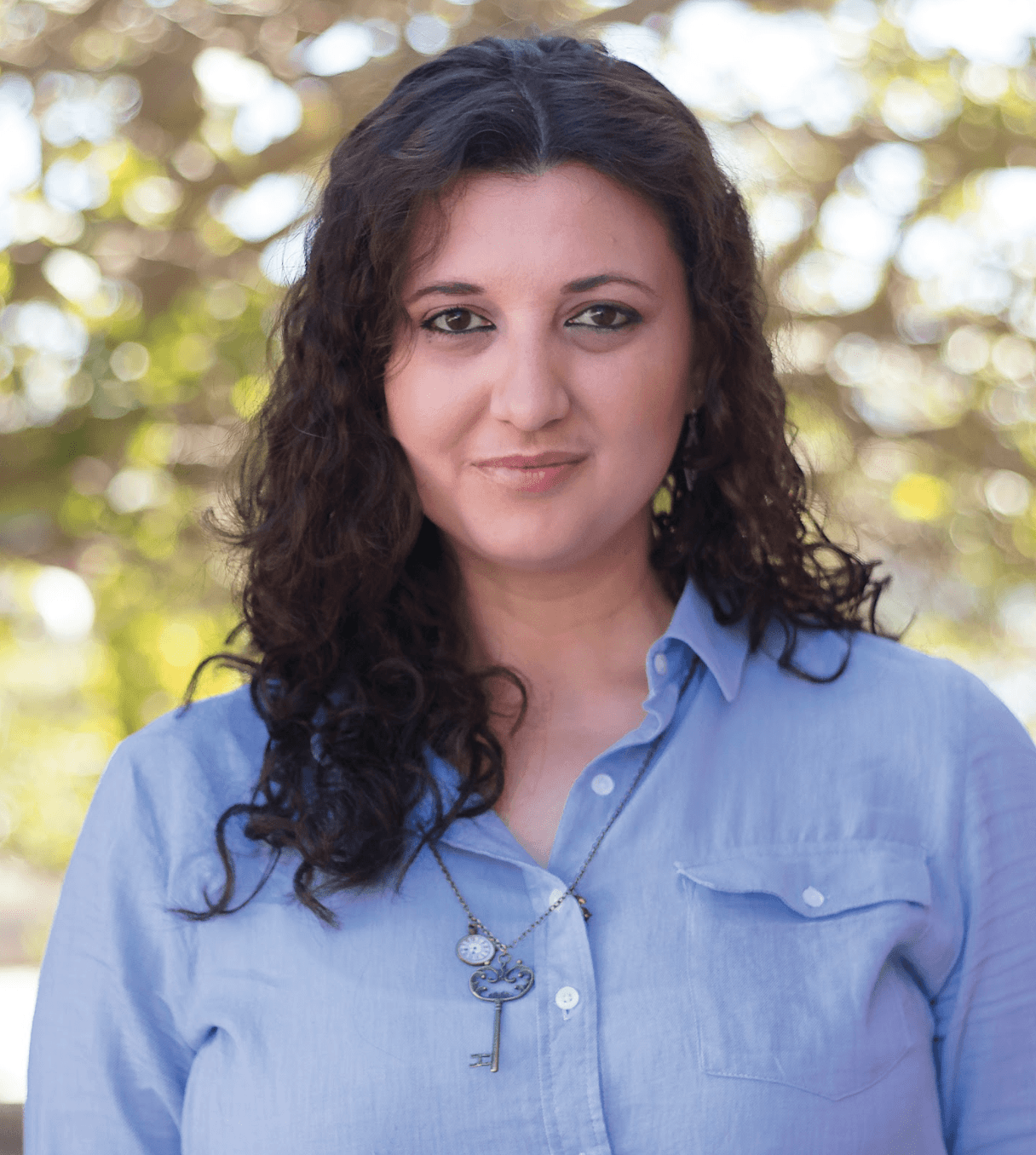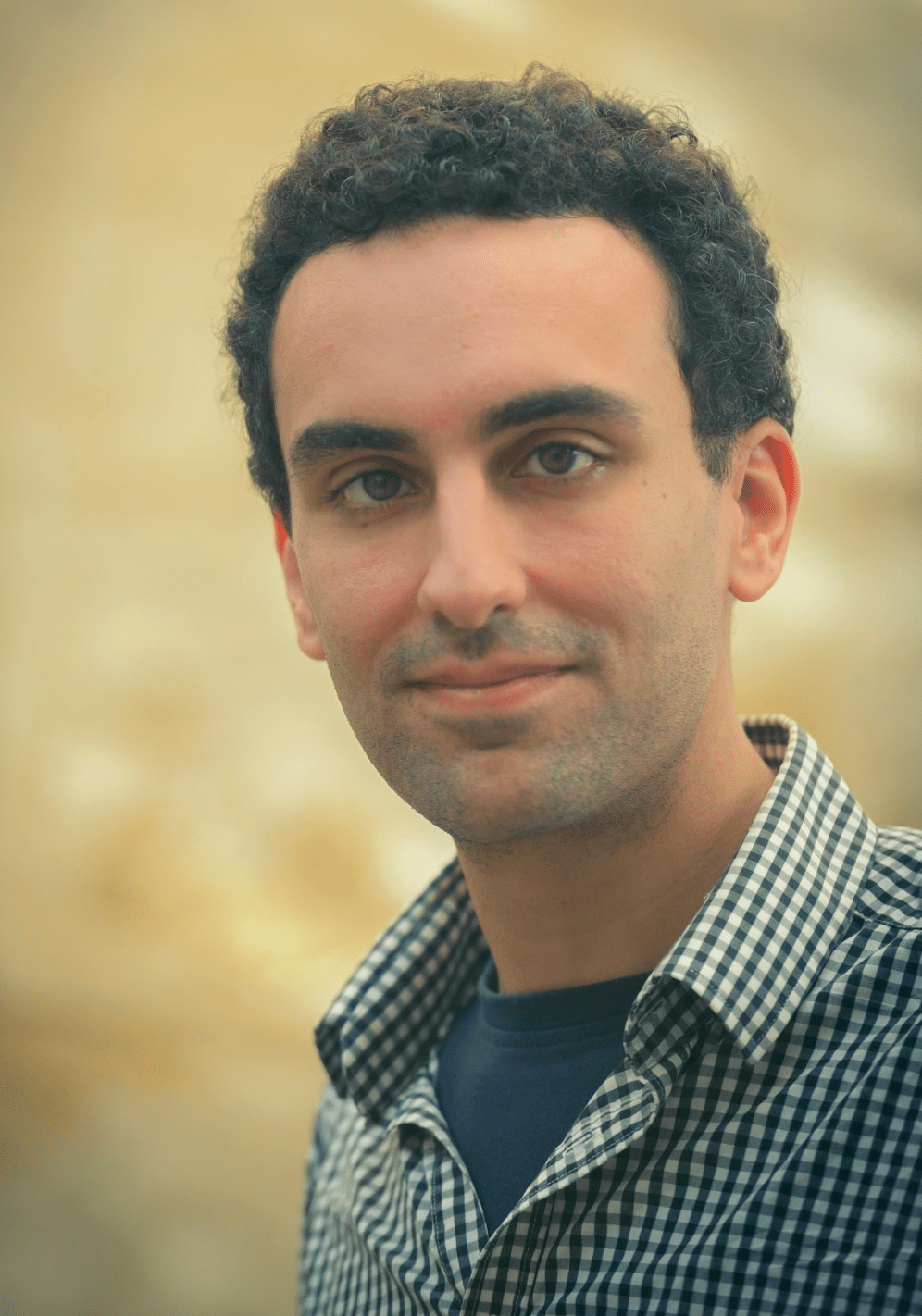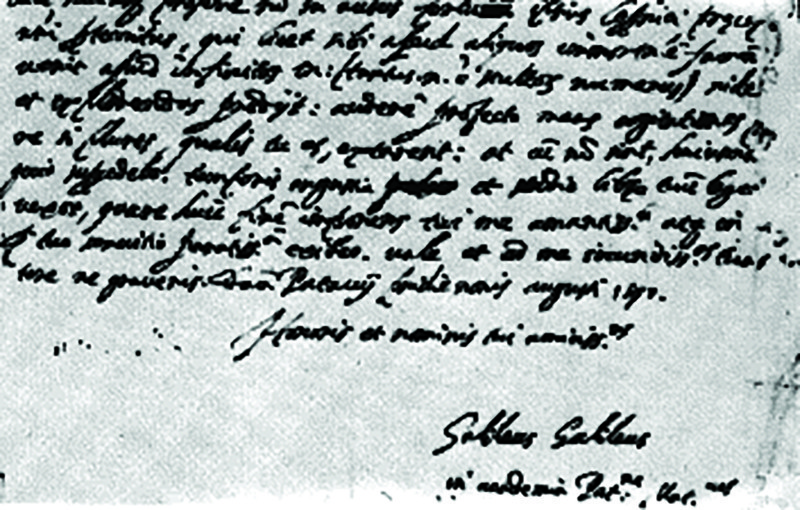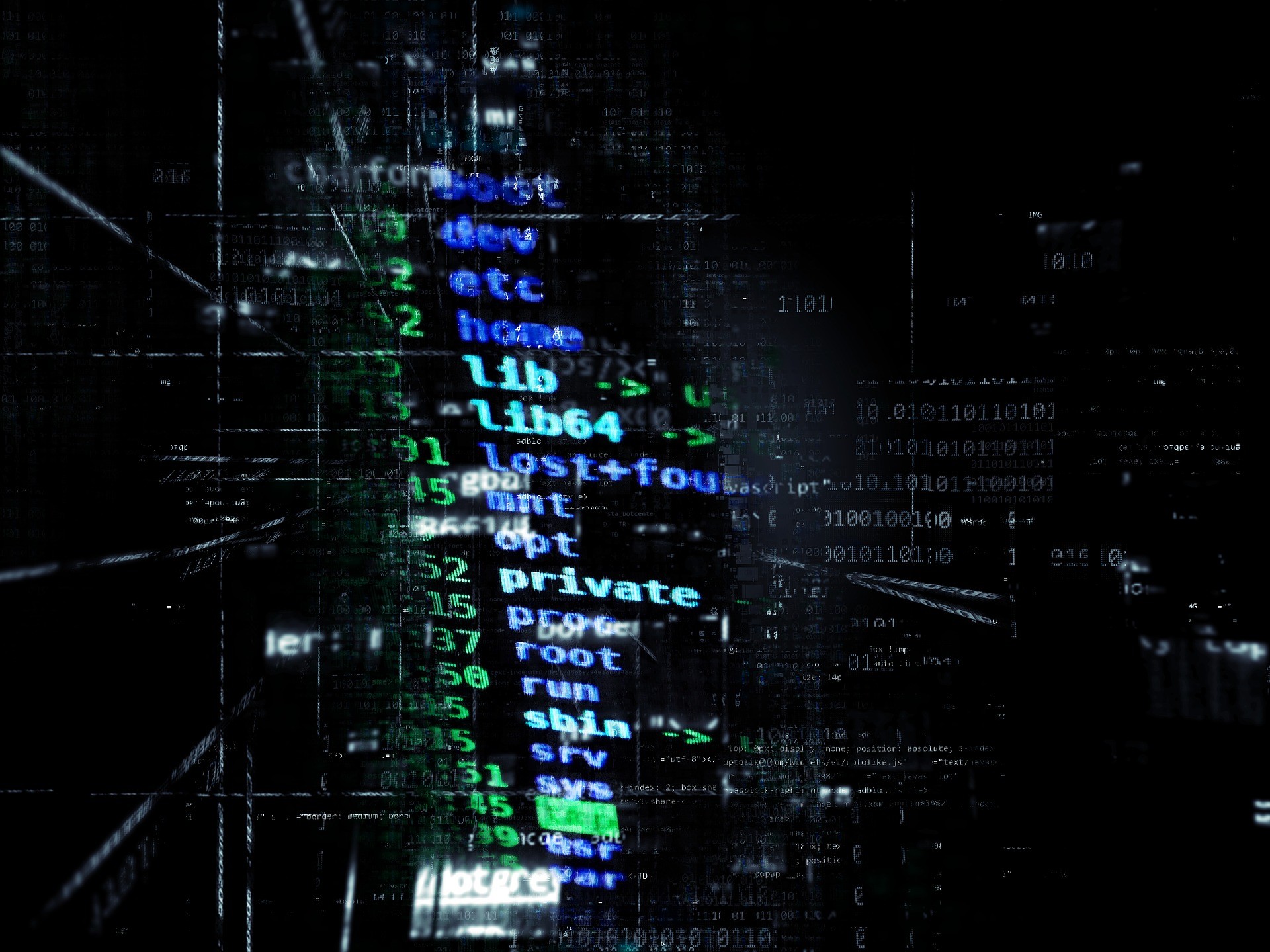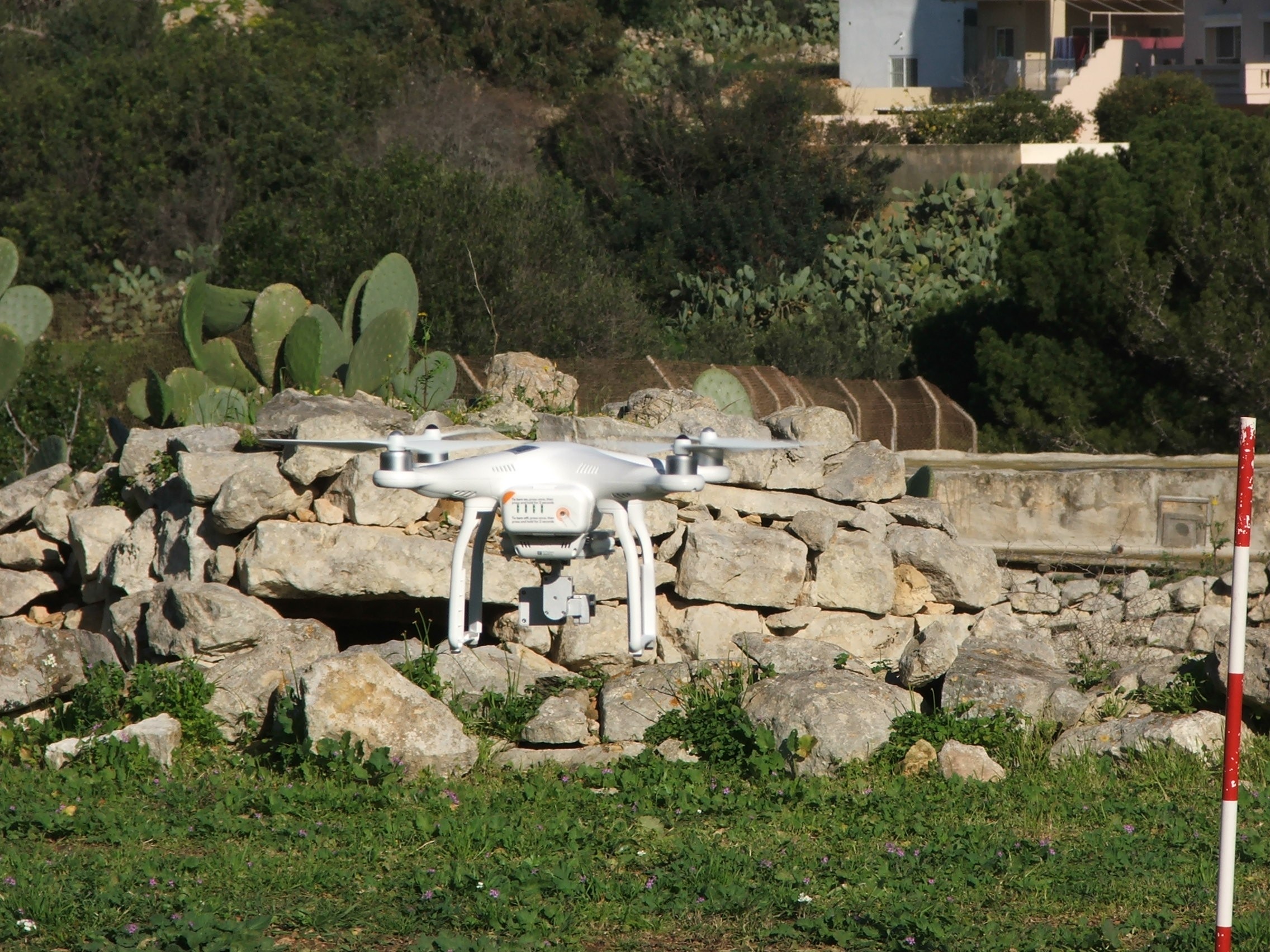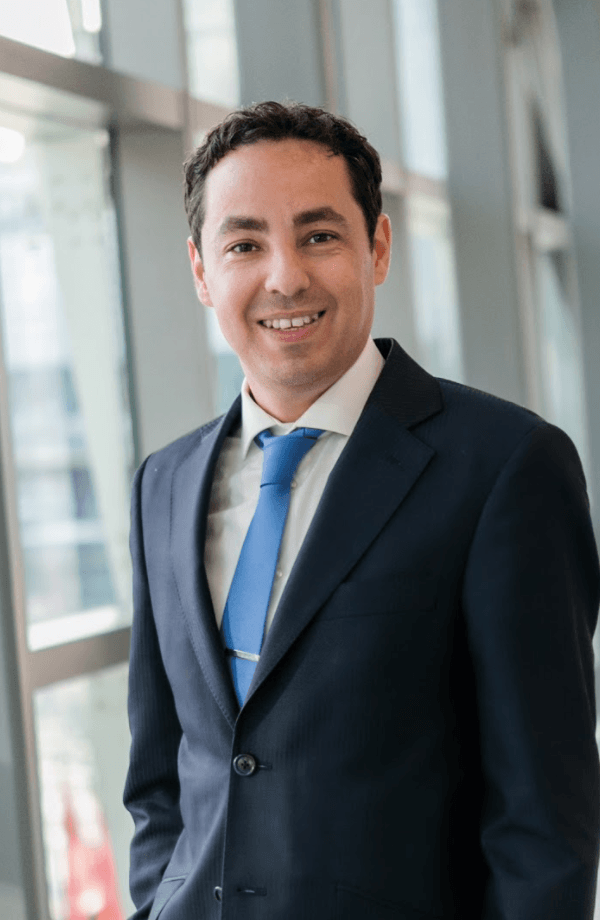
Today we can say ‘there is an app for everything.’ Android and iOS boast over 3.5 million and 2.2 million apps on their platforms respectively, each of them fulfilling a role, be it social, utilities, entertainment, gaming, productivity, commerce, and much more.
As users continuously feed personal and work-related information into their smartphones, from calendar entries to sign-ins at favourite restaurants, apps are becoming more personalised, learning more about their behaviour.
So what role does usability play in the digital world? The term usability is part of a broader term referred to as ‘user experience’. Usability assesses how easy it is for people to use interfaces. Developers are expected to create apps that people need, but they need to keep in mind that if that app is difficult to manoeuvre, their target audience will stop using it. From users’ perspective, too many apps these days are failing to add enough value, seeing adoption drop off quickly.
At the workplace, employees are expected to learn and use software applications. A lot of these are now available through mobile devices that need to be connected. However, studies conducted in different scenarios such as airport environments and healthcare show that people are struggling to adopt technology.
However, studies conducted in different scenarios such as airport environments and healthcare show that people are struggling to adopt technology.
Most people access apps related to public services on their smartphones and tablets so that they can submit e-forms and conduct work of that sort. Unlike with leisure apps and games, the choice in this field is limited to the apps provided by the public entities themselves. As a result, users or employees of companies become frustrated when apps are not designed effectively.
More usability experts are needed to improve the way apps are designed. Well-designed apps empower people, seeing them become more confident with technology they are unfamiliar with. Better apps contribute to addressing challenges people face when they can’t keep up with the swift advances of the digital world. The use of digital tools that are easy to learn and easy to remember allow users to create, understand, and communicate while continually developing their digital skills. Usability not only boosts digital literacy, it also bridges the gap between tech-savvy users and those we risk leaving behind.
Further reading:
C. Attard, G. Mountain, and D. Maria Romano; ‘Problem solving, confidence and frustration when carrying out familiar tasks on non-familiar mobile devices‘



